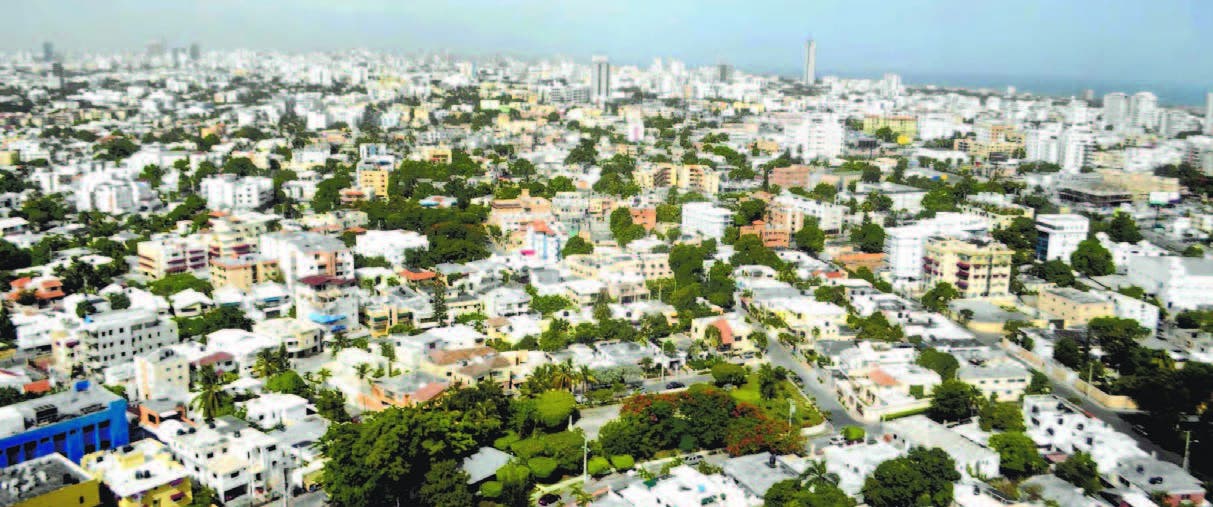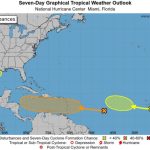Economic boom in the Dominican Republic brings chaotic urban growth

The economic growth of the country in recent decades, driven by a change in its productive structure, has given rise to a significant expansion of urban areas in an unplanned and disorganized manner, with little inter-and intra-urban connectivity, which limits the capacity of the country to achieve a higher level of productivity.
According to the study “Enabling the way for the development of prosperous cities and territories,” prepared by the World Bank and financed by the European Union, within the framework of the Regional Facility for Resilience in the Caribbean, the majority of Dominican cities grow from scattered and disorganized manner and shows low to moderate levels of internal road connectivity, hampering its economic performance.
The country’s urban centers appear to underperform (in terms of economic productivity) compared to similar cities worldwide and in Latin America and remain far from the productivity frontier. Therefore, better urban growth management is needed to reduce congestion and maximize agglomeration benefits.
Although spatial disparities have decreased in recent decades, the study states that a significant gap in living standards persists in urban areas and certain provinces.
This is aggravated by the low participation of municipal spending in total government spending.
The country remains highly centralized, and local governments—even with their few responsibilities—do not have the financial capacity to carry out their functions.
Municipal government spending in the Dominican Republic represents only 2.4% of total government spending, one of the lowest in the region.
In Colombia, it is 23%; in Brazil, 18%; in Chile, 16%; in Peru, 10%; in El Salvador, 8%; in Mexico, 6%; and in Costa Rica, 4 percent.
The study also points out that a significant degree of urbanization occurs in the coastal strip and areas prone to flooding, increasing the country’s exposure to natural events. More than a quarter of the built area between 1995 and 2015 took place less than three kilometers from the coast.
Although there have been no major coastal floods in recent years, climate change and coastal erosion will increase the probability and impact of these events. In addition, the concentration of built assets and their high level of vulnerability —aggravated by significant exposure to earthquakes, hurricanes, and floods— could lead to substantial losses.

















This chaotic urban growth and be directly attributed to government doing very little or not enforcing planning codes, building codes, zoning, and environmental laws and regulations. It is like the US wild west of old, developers do what they want for their own gain without regard of anybody or government.
Since 1978, we have replaced the trees for concrete, glass and steel bar. The congestion is such that dust, badly burned gasoline/diesel, high temperatures, allergies, hazards (from sidewalk crevices, potholes, spilled garbage, etc.) and the antisocial stuff that comes along with high density overpopulation (crimes, assaults, muggings, robberies, break ins, etc.).
Democracy allows free transit, free settlement, and land abuses.
It is time to stop the chaos of democracy and install order, discipline, loyalty, rectitude, and good citizenship (from top to bottom).
No more chaos as brought by this corrupt and indebted democracy!